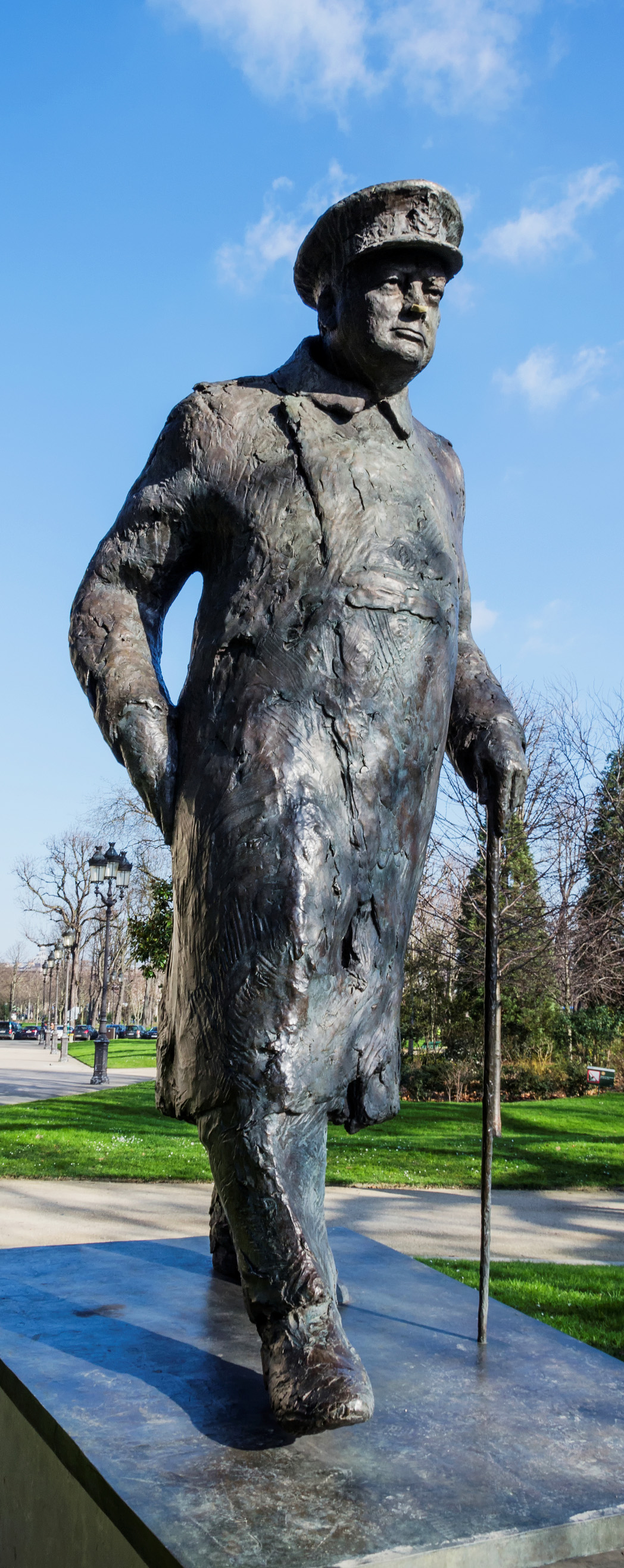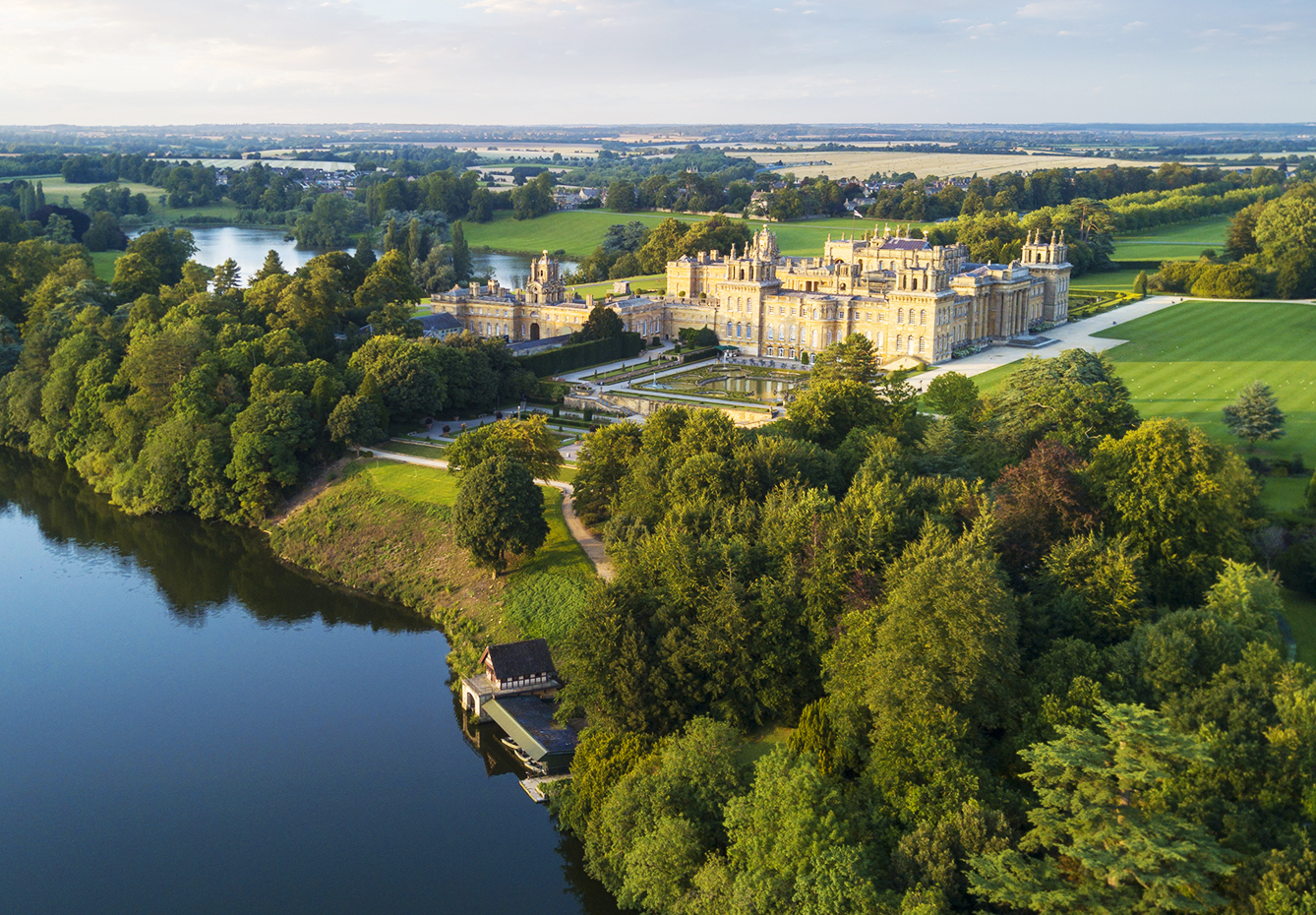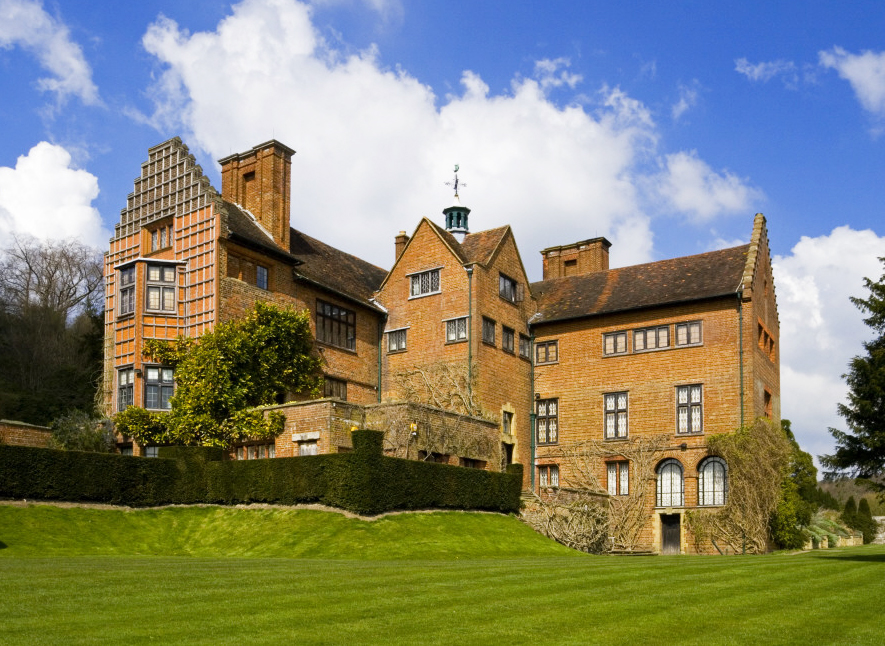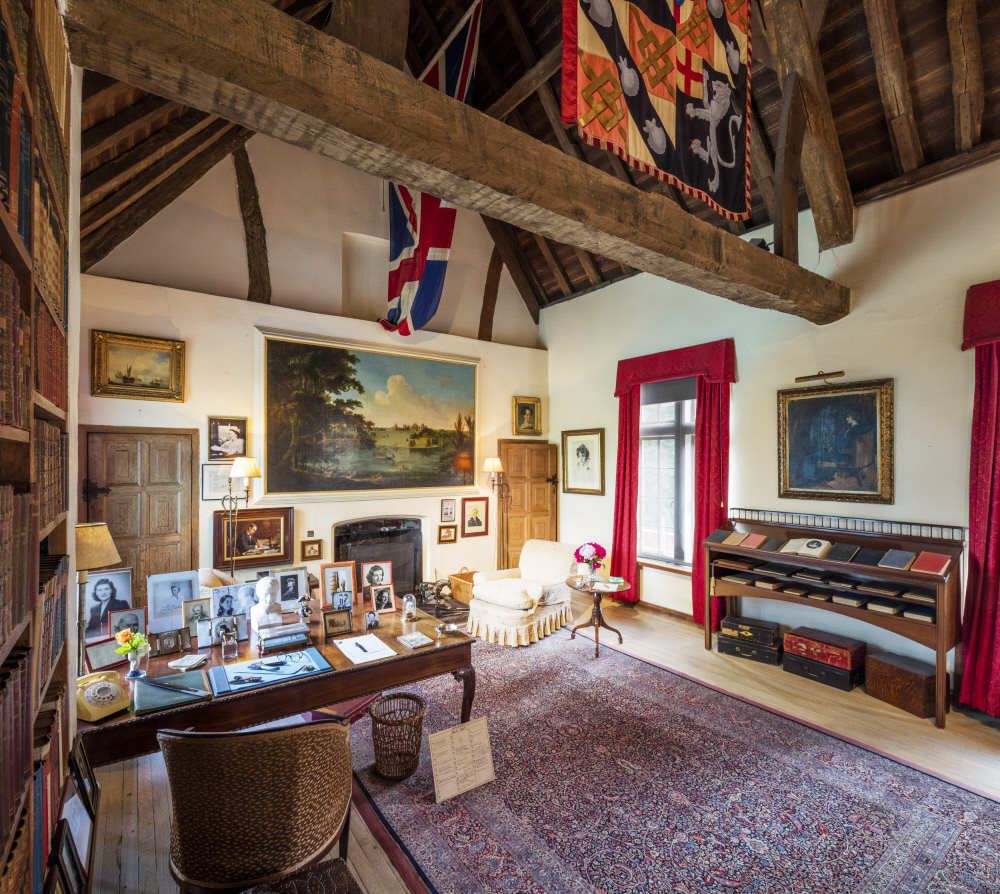Winston Churchill predicted: “History will be kind to me, for I intend to write it.” As one of World War II's most revered victors, Sir Winston’s droll prophesy proved only partially true, for his story is still being written.
Over the past year, the cherub-cheeked Churchill has enjoyed a bit of a revival as screenwriters added their two cents, scoring millions at the box office with a pair of biopics: Churchill, starring Brian Cox, and Darkest Hour, for which Gary Oldman won a Best Actor Oscar statuette at the 2018 Academy Awards.
If these silver screen insights have sparked a desire to do a deep dive on the iconic U.K. statesman, England features a cadre of key sites that form what might be dubbed “the Churchill trail." From his labyrinthine War Rooms to the baroque palace where he was born, visitors can take a closer look at his legacy — and perhaps still catch an ethereal whiff of Sir Winston's cigar.
Churchill War Rooms and Museum
Down a discreet set of stairs leading under the government buildings of London’s Whitehall, past a sombre-looking bust of Churchill himself, you’ll find the subterranean headquarters where he helped lead the Allied powers to victory in World War II.
Set designers for Darkest Hour spent months studying this crowded warren of rooms in order to faithfully recreate their intense, claustrophobic atmosphere at Ealing Studios. Tiny bedrooms equipped with bunk beds and insufficient chests of drawers, an office chock-a-block with piles of papers and perhaps a dozen phones, a map room with graffiti depicting Hitler, arm raised in his typical salute—all remain as an eerie time capsule, preserved as they were when the war ended in 1945.


Above: Churchill still casts a long shadow over England and his birthplace Blenheim Castle is a big tourist draw.
At the end of one corridor lies what appears to be a toilet, with the lock reading “Engaged.” Rumour had it this was the only flushing toilet in the bunker and was reserved exclusively for the prime minister. In fact, it was a transatlantic telephone booth with a confidential hotline, established in 1943 in an erstwhile broom closet.
Recordings offer fascinating — and sometimes amusing—reminisces by those who worked here, including one of Churchill’s secretaries. Every morning, she recalled, “Having slept heavily for six hours to the roar of the air-conditioning on a narrow cot covered with army blankets … as one hurried up the stairs heavy-eyed in one’s dressing gown, one always seemed to meet the sprucest, most haughtiest, most glamorous officers coming the other way.”
Next door to the War Rooms, in the Churchill Museum, you’ll find intimate personal artefacts, including one of Churchill’s signature bowler hats, a cigar and a nightshirt. Wartime footage plays on one screen, while film of his funeral procession troops across another, depicting the devoted crowds who came to pay tribute to one of the most respected politicians in Britain’s history.
Blenheim Palace
Contrary to popular belief, Churchill wasn’t born with a cigar in his mouth, but with a silver spoon. As the grandson of the 7th Duke of Marlborough, he spent much of his youth at the sprawling, 18th-century Blenheim Palace, which presides over a 2,000-acre estate in Oxfordshire. It made headlines recently when U.S. President Donald Trump met British PM Theresa May during his U.K. trip in 2018.
Blenheim's permanent Churchill Exhibition features the room where he first entered the world on Nov. 30, 1874, as well as the prime minister’s personal letters, photographs and excerpts from his most celebrated speeches.
A Walk in Churchill’s Footsteps trail further outlines significant sites around the palace and grounds, including the chapel where he was baptized, the Temple of Diana where he proposed to his future wife, Clementine, and a memorial garden dedicated to Churchill in 2015 on the 50th anniversary of his death.
The West Courtyard houses a separate retrospective, Churchills’ Destiny. Here, visitors can explore the parallels between Sir Winston and John Churchill, the 1st Duke of Marlborough, for whom Blenheim was originally built as a reward for his own military triumphs.


Above: Of all the places Churchill lived, Chartwell was the place he felt most at home - his study is open to the public.
Chartwell
“A day away from Chartwell is a day wasted,” Churchill once remarked, expressing his great love of the peaceful Kent estate that served as his countryside home from the 1920s until his death in 1965. Like the War Rooms, Chartwell has been left largely as it was during Churchill’s lifetime, complete with original furnishings, treasured photos and well-thumbed books, as if awaiting his imminent return.
A particular highlight of Chartwell is the studio, which is filled from floor to ceiling with paintings by Churchill, a passionate amateur artist.
These include a multitude of landscapes portraying Chartwell's gardens and parklands, as well as scenes from Churchill's travels around the world.
Pausing as you pass the chair where he once sat, paintbrush in hand, with a still-unfinished canvas on his easel, the great man’s presence is almost palpable.
“When I get to heaven,” Churchill said, “I mean to spend a considerable portion of my first million years in painting.”
St. Martin’s Church
When Churchill died in January 1965 at the age of 90, the nation mourned. He was honoured with an elaborate funeral at St. Paul’s Cathedral, but he was actually laid to rest at a private service at St. Martin’s Church in Bladon, less than 2.5km from Blenheim Palace. Visitors are welcome to pay their respects beside the grave Churchill shares with his wife Clementine, who joined him there in 1977.
While the world grieved his passing, Churchill, at least, had no fear of death.
“I am ready to meet my Maker,” he insisted. “Whether my Maker is prepared for the great ordeal of meeting me is another matter.”
JUST THE FACTS
Where to stay:
“My tastes are simple,” the eminently quotable Churchill once quipped. “I’m easily satisfied with the best.” It’s no surprise, then, that The Stafford London, a five-star boutique hotel steps from Green Park, is said to have been one of his favourite haunts. Its recently refurbished American Bar was popular with U.S. servicemen during the war, too, and it was here that Nancy Wake, a British agent dubbed “The White Mouse,” exchanged intelligence with an American counterpart. She remained a frequent patron until her death in 2011, no doubt feeling at home among the bar’s extensive collection of American memorabilia. Drink a toast to the brave lady when you order “The White Mouse” cocktail — a blend of saffron gin, champagne, lemon juice, rosemary syrup and egg white — named in her honour. There’s more history in the wine cellar below. While the caverns are now filled with rare and pricey vintages, during World War II they overflowed with Londoners desperate to shelter from German bombs.
https://thestaffordlondon.com
What to see:
The Churchill War Rooms, https://www.iwm.org.uk/visits/churchill-war-rooms
Blenheim Palace, https://www.blenheimpalace.com
Chartwell, https://www.nationaltrust.org.uk/chartwell
St. Martin’s Church, http://woodstockandbladon.com/churchill
Tourism information: http://www.visitengland.com
About the Author
As a UK-based writer and photographer (and self-confessed natural coward attempting to conquer her fears through her travel adventures), Amy Laughinghouse has paraglided 007-style in the Swiss Alps, walked with lions in Mauritius, swum with sharks in French Polynesia, dangled from chains on Scotland's Fife Coastal Path, and--her most terrifying challenge ever--taken ballroom dance lessons in London. In addition to her own website, AmyLaughinghouse.com, she has contributed to many travel publications, including LonelyPlanet.com, Qantas Airlines’ in-flight magazine and Virtuoso Life magazine.